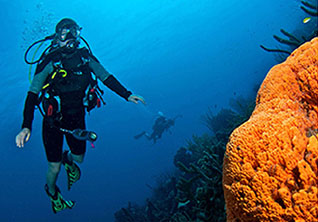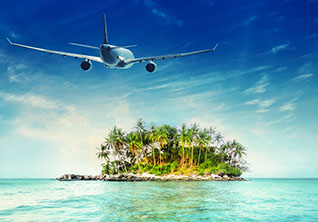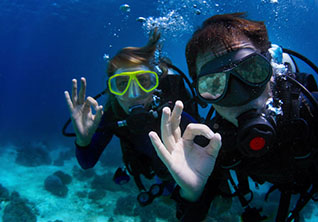Galapagos Master Liveaboard - Summer Sizzler Special - Galapagos Islands
Up To 40% Off Rates!
7 or 10 Nights' On Board accommodations (Double Occupancy), Round Trip San Cristobal Airport Transfers, Daily Light Breakfast, Full Breakfast, Lunch and Dinner, Between Dive Snacks and Unlimited Soft Drinks, Fruit Juices, Tea and Coffee While Onboard, Check Out Dive in San Cristobal, Up To 4 Dives Daily Depending on Weather, Optional Land Tours (Not Included Flights, Galapa...
View Package DetailsGalapagos Master - Galapagos Islands
7 Nights' On Board accommodations (Double Occupancy), Round Trip San Cristobal Airport Transfers, Daily Light Breakfast, Full Breakfast, Lunch and Dinner, Between Dive Snacks and Unlimited Soft Drinks, Fruit Juices, Tea and Coffee While Onboard, Check Out Dive in San Cristobal, Up To 4 Dives Daily Depending on Weather, Optional Land Tours (Not Included Flights, Galapagos National Park Fee, Ingala ...
View Package Details
The Galapagos Islands: A Natural Selection for Divers
The Galapagos Islands: A Natural Selection for Divers
There are thousands of islands around the world where fish are plentiful, birds fill the trees, and volcanoes are still active, but there is only one group of islands that has changed so profoundly the way we think about evolution of animal species; including how we even now view ourselves. In 1835, while on a five-year voyage, a young ge...
Read BlogUp Close & Personal: the Galapagos
Ever wish you could leap into the pages of your favorite diver magazines? You encounter breath-taking photos of sites you wish you could ditch work for on a daily basis. Accompanied by these photos are fascinating stories about close encounters with friendly marine life and the itch to put on your wetsuit grows.
This is EXACTLY how we feel about the Galapagos and SportDiver.com's David Espinos...
Read Blog110,000 Reasons to Go Liveaboard
110,000 Reasons to Go Liveaboard!
There are more than 110,000 islands in the world and many pinnacles that rest just below the surface and each and every one of them may be filled with multitudes of critters and creatures that seldom come in contact with humans. Sure, some of these islands may be inhabited, but most require transportation via some sort of marine vessel to get there and it ma...
Read BlogWhat to Expect From Your First Liveaboard
I still remember the first time I decided to plunge into something new and book my first liveaboard charter. None of my dive buddies wanted to join me, so I grabbed my gear and set sail alone. There are far too many places to discover in the world to pass this up! I must admit that the excitement of exploring a new underwater environment was paired with a little fear of what I might encou...
Read BlogDiving With Whale Sharks
DIVING WITH WHALE SHARKS
Whale Sharks, Rhyncodon typus, are the largest cartilaginous fish in the world today. The largest ever recorded was just over 41ft long, but rumors by fishermen say that they may grow over 46ft in length which makes whale sharks the second largest cartilaginous fish ever to exist and places them only second in length next to the Megalodon shark that existed some 20 m...
Read Blog

















